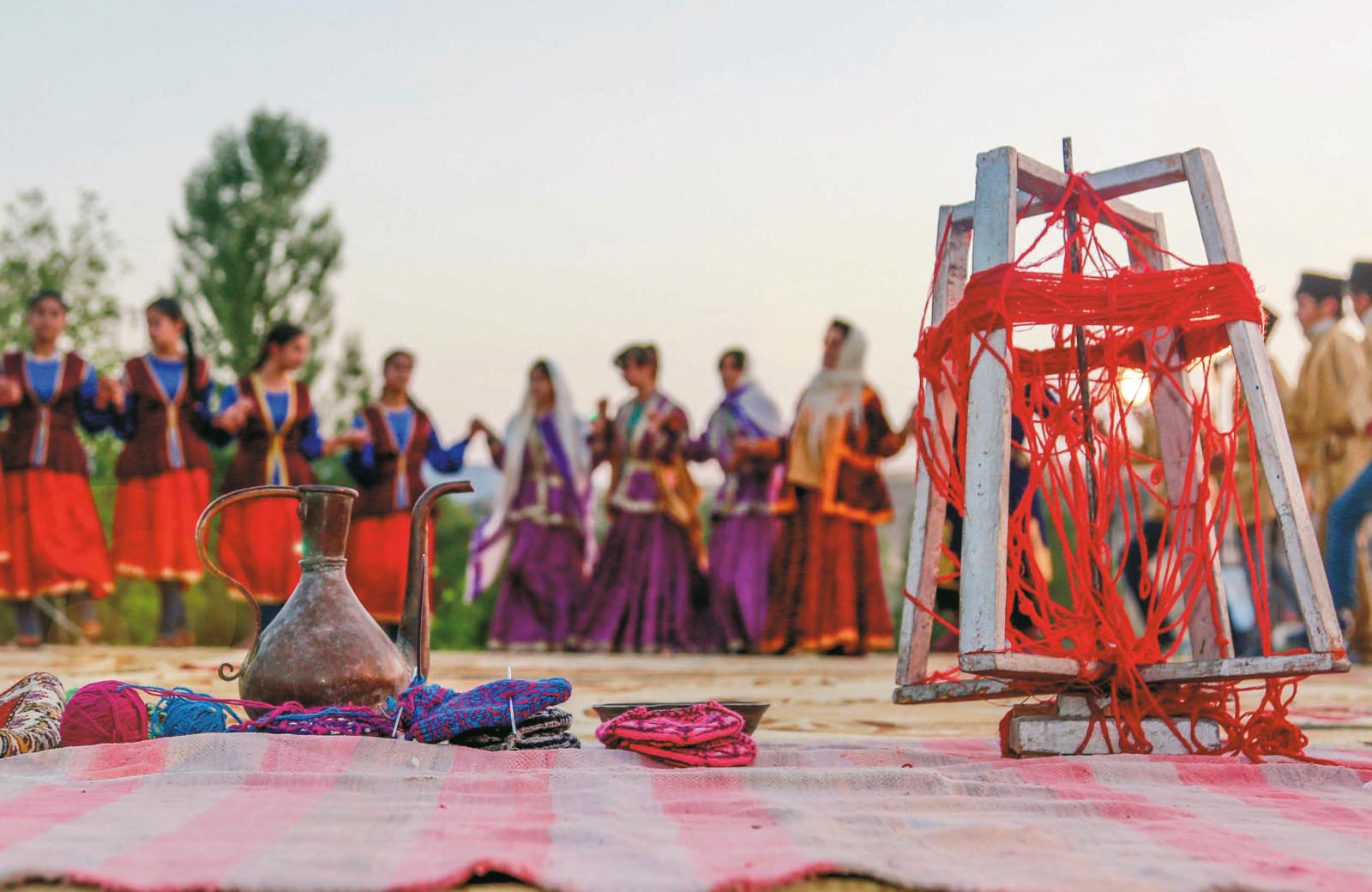
Some traditions and crafts of Azerbaijan are included in the UNESCO List of Intangible Cultural Heritage – that is, the making of carpets and headscarves, national music, cuisine, and holidays. These are the basis of cultural identity and the connection between the past and the present.
Intangible cultural heritage includes all the traditions, forms of representation and expression, knowledge, and skills that are passed down from generation to generation. These include oral folk art, performing arts, social practices, rituals, holidays, knowledge of nature and the universe, traditional crafts.
Yalli (Kochari, Tenzere), traditional group dances of Nakhchivan
Yalli are traditional group dances typically performed in a circle, chain, or line and involve elements of games, pantomime (bird or other animal imitations), physical exercises, and movements. Some variants of yalli are practiced by both women and men, while others, by men only and imitate pastoralist games with some elements of butting animals. Until the mid-20th century, yalli were widely practiced, but several factors have impacted the transmission of the practice thereafter. They include a gradual loss of social functions for certain types of yalli, a preference for staged performances, labor migration, the economic crises of the 1990s, and a drastic simplification of the dances, which has entailed a loss of diversity.
Traditional art and symbolism of Kelaghayi, making and wearing women’s silk headscarves
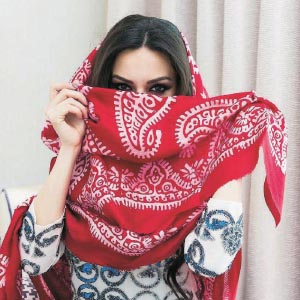 Rooted in traditions found along the Great Silk Road, the art of Kelaghayi is concentrated in two locations in Azerbaijan: the city of Sheki and the Basgal settlement. Kelaghayi making consists of several stages: fabric weaving, dyeing, and woodblock decoration. Weavers choose thin silk threads from sericulture producers and weave fabrics on looms, then boil and dry them to make square-shaped cloths. Using vegetable substances, craftswomen then dye the cloths and decorate them with patterns using wooden stamps covered with solutions made from rosin, paraffin, and solid oil. The art of Kelaghayi making is transmitted through non-formal apprenticeship only and is primarily a family occupation. Each family has its own stylistic features and patterns of decoration. The traditional practice of making and wearing headscarves is an expression of cultural identity and religious traditions and a symbol of social cohesion, reinforcing the role of women and strengthening the cultural unity of Azerbaijani society.
Rooted in traditions found along the Great Silk Road, the art of Kelaghayi is concentrated in two locations in Azerbaijan: the city of Sheki and the Basgal settlement. Kelaghayi making consists of several stages: fabric weaving, dyeing, and woodblock decoration. Weavers choose thin silk threads from sericulture producers and weave fabrics on looms, then boil and dry them to make square-shaped cloths. Using vegetable substances, craftswomen then dye the cloths and decorate them with patterns using wooden stamps covered with solutions made from rosin, paraffin, and solid oil. The art of Kelaghayi making is transmitted through non-formal apprenticeship only and is primarily a family occupation. Each family has its own stylistic features and patterns of decoration. The traditional practice of making and wearing headscarves is an expression of cultural identity and religious traditions and a symbol of social cohesion, reinforcing the role of women and strengthening the cultural unity of Azerbaijani society.
Copper craftsmanship of Lahij
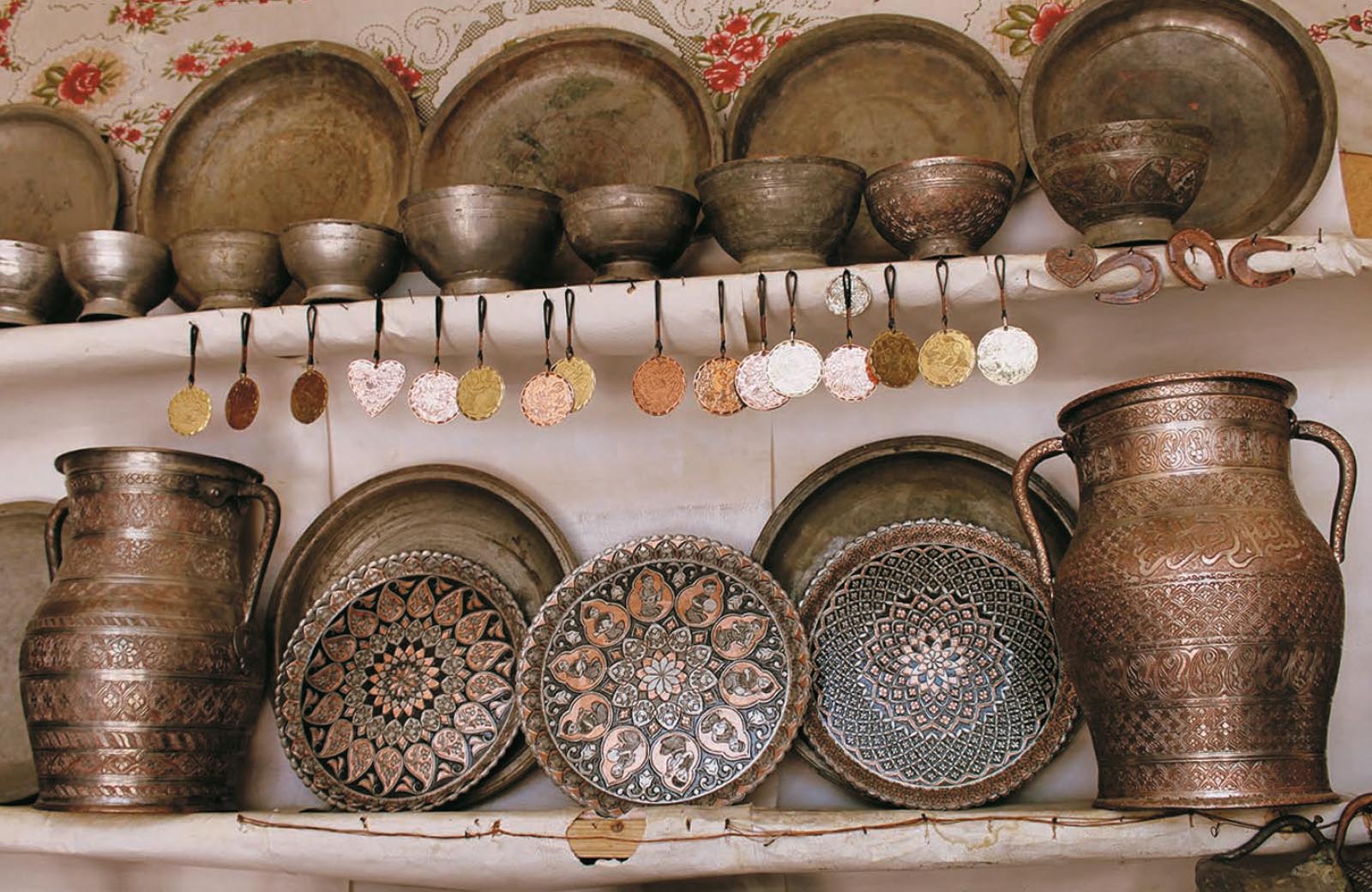
Copper craftsmanship of Lahij is the traditional practice of making and using copperware concentrated in the Lahij community in the Caucasus. The copper-smelting master coordinates the entire process and is accompanied by an apprentice who learns the necessary techniques while helping the master. The most important stage of the process is engraving as the designs reflect the master’s traditional knowledge and cultural values. The craftsman is responsible for selling the copperware in the workshops and remunerating the work of the other craftspeople involved. The tradition is passed down from father to son. Numerous families in Azerbaijan come to buy copperware in Lahij and use it in their daily lives believing it improves the health benefits of food. For artisans, the tradition represents a major source of living and provides a strong sense of identity and community pride. Copper craftsmanship also reinforces family relationships within the Lahij community and is perceived as a clear marker of Lahij identity.
Craftsmanship and performance art of the tar
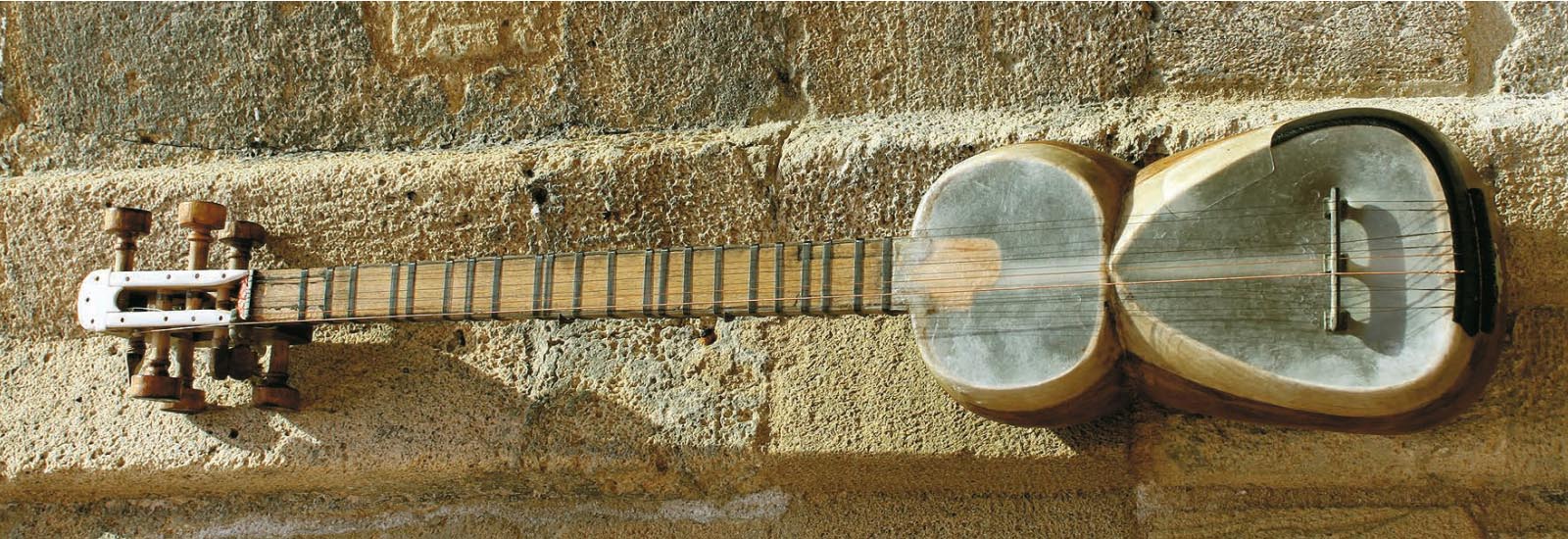
The tar is a long-necked plucked lute traditionally crafted and performed in communities throughout Azerbaijan. Considered by many to be the country’s leading musical instrument, it features alone or with other instruments in numerous traditional musical styles. Craftsmanship begins with careful selection of materials for the instrument: mulberry wood for the body, nut wood for the neck, and pear wood for the tuning pegs. Using various tools, crafters create a hollow body in the form of a figure eight, which is then covered with the thin pericardium of an ox. The fretted neck is affixed, metal strings are added, and the body is inlaid with mother-of-pearl. Performers hold the instrument horizontally against the chest and pluck the strings with a plectrum, while using trills and a variety of techniques and strokes to add color. Tar players pass down their skills to young people within their community and at educational musical institutions. Craftsmanship and performance of the tar and the skills related to this tradition play a significant role in shaping the cultural identity of Azerbaijanis.
Traditional art of Azerbaijani carpet weaving
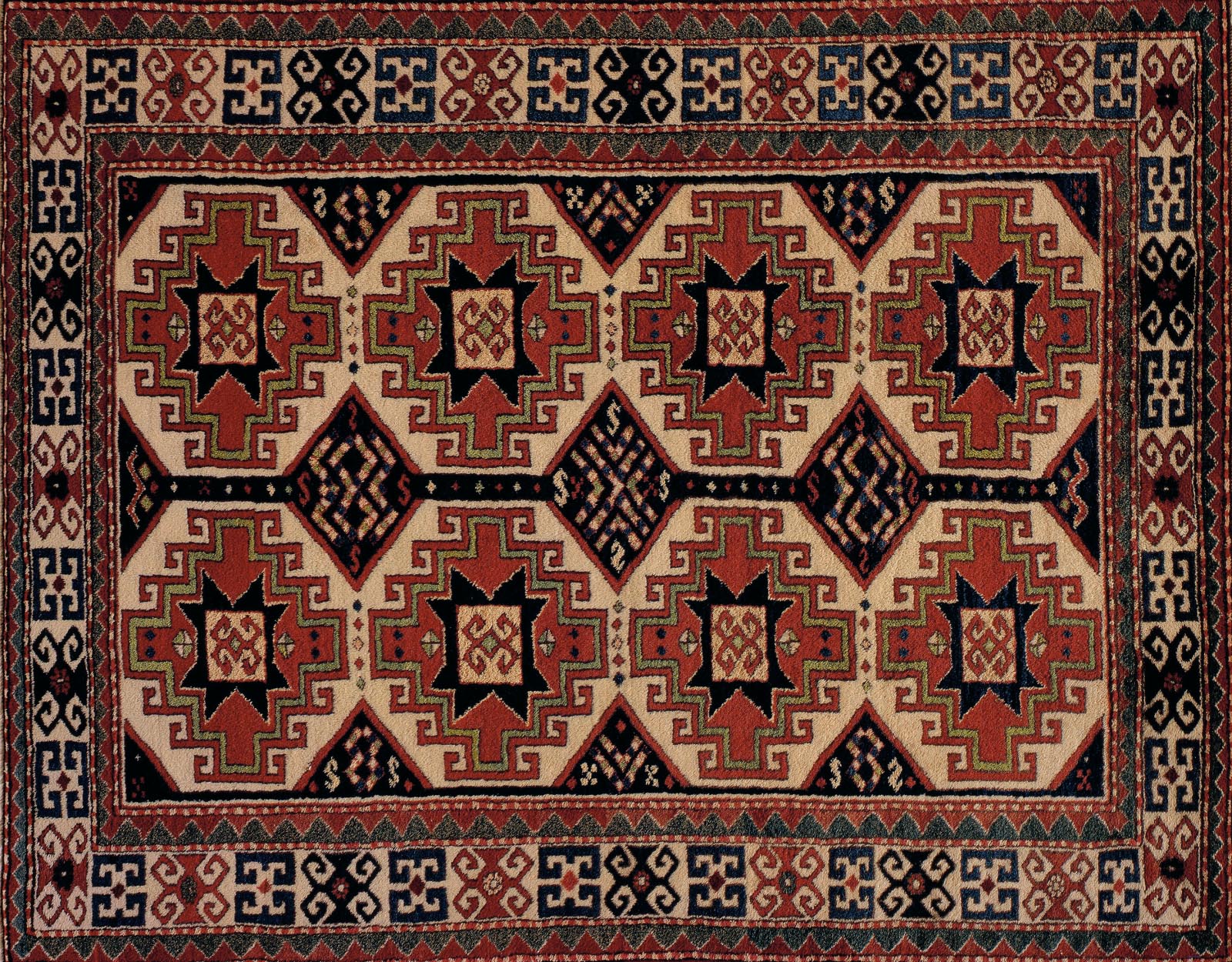
The Azerbaijani carpet is a traditional handmade textile of various sizes, with dense texture and a pile or pileless surface, whose patterns are characteristic of Azerbaijan’s many carpet-making regions. Carpet making is a family tradition transferred through practice. Men shear sheep in the spring and fall, while women collect dyestuffs and spin and dye yarn in the spring, summer, and fall. The carpet is made on horizontal or vertical looms using multicolored wool, cotton, or silk yarn colored with natural dyes. Applying special techniques to create pile carpets, weavers knot the pile yarn around threads of the warp. Pileless carpets are variously made with interlacing structural warps, wefts, and patterning wefts. The cutting of a finished carpet from the loom is an unusually solemn celebration. Carpet weaving is closely connected with the daily life and customs of the communities involved. Thus, girls seated on carpets tell fortunes and sing traditional songs at Novruz (the regional New Year). Carpets are widely used for home furniture and decoration, and special carpets are woven for medical treatment, wedding ceremonies, the birth of a child, mourning rituals, and prayer.
Art of Azerbaijani Ashiq
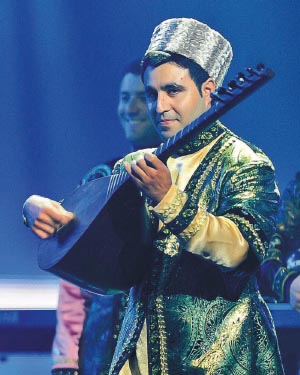
The art of Azerbaijani Ashiqs combines poetry, storytelling, dance, and vocal and instrumental music into a traditional performance art that stands as a symbol of Azerbaijani culture. Characterized by the accompaniment of the saz, a stringed musical instrument, the classical repertoire includes 200 songs, 150 literary-musical compositions known as dastans, nearly 2,000 poems in different traditional poetic forms, and numerous stories. The regional variations may include other musical instruments, but all are united by a common national language and artistic history. Ashiqs take part in weddings, friendly parties, and festive events throughout the Caucasus and appear on concert stages, radio, and television, sometimes synthesizing classical melodies with contemporary ones. Their art is considered an emblem of national identity and the guardian of Azerbaijani language, literature, and music. Ashiqs also help promote cultural exchange and dialogue: Kurds, Lezhins, Talishes, Tats, and other ethnic groups living in the country equally well perceive their art.
Azerbaijani Mugham
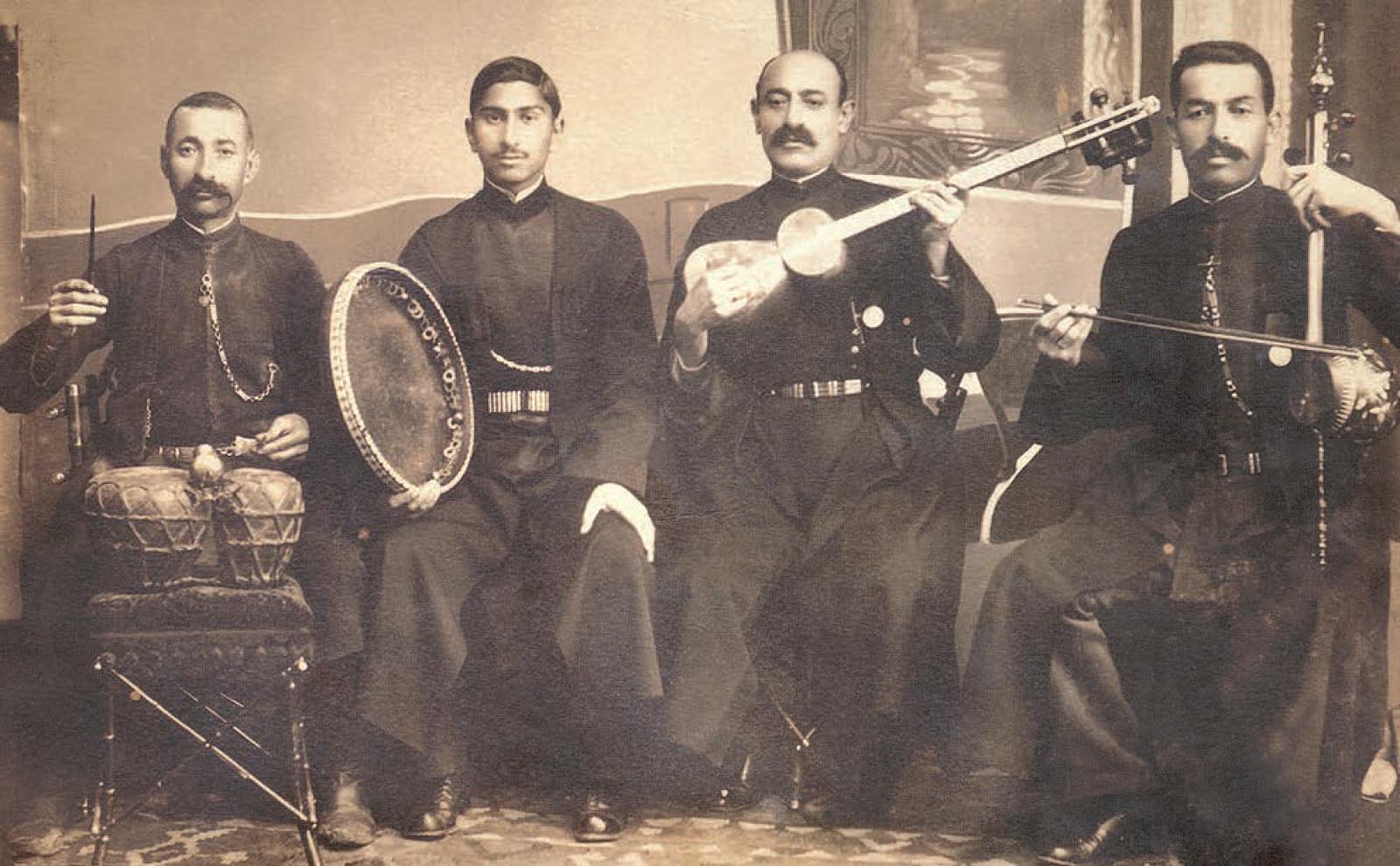
The Azerbaijani Mugham is a traditional musical form characterized by a large degree of improvisation. Though a classical and academic art, the Mugham draws upon popular bard melodies, rhythms, and performance techniques and is performed in many venues throughout the country. Contemporary representations of the Azerbaijani Mugham reflect different periods of Azerbaijan’s history and its contacts with Persians, Armenians, Georgians, and with other Turkic peoples. In the past, Mugham was primarily performed at weddings and gatherings of guests. It was also cultivated by members of the Sufi orders and by performers of religious dramas known as ta’zie or shabih. This modal genre features a male or female singer accompanied by musicians playing traditional instruments, such as the tar (a long-neck lute), the kamancha (a four-string spiked fiddle), and the daf (a type of large tambourine). Since Mugham cannot be transcribed in a fixed form, multiple versions are transmitted by masters who train students in the fine art of interpretation to ensure the variety of this artistic expression. The Mugham has lost some of its aesthetic and expressive characteristics largely due to European influences.
Source: Ministry of Culture of the Republic of Azerbaijan
